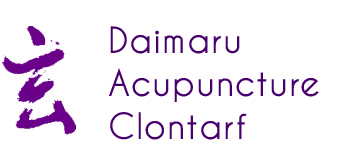

August 29th, 2024 | Posted in 3 Various Specific Problems
Asthma is a chronic lung disease characterized by the inflammation and constricting of the airways. Several different factors trigger asthmatic episodes, including stress, infectious agents, pollutants and allergens. When one of these “triggers” irritates the airways, the muscles surrounding them tighten, restricting the flow of air to the lungs. Symptoms of asthma are tightness in the chest, wheezing, coughing and shortness of breath.
There are many ways to treat this condition with tcm and acupuncture. The treatment will depend on some of the more common tcm diagnoses and acupuncture treatment protocols for asthma and related respiratory issues.
Deficiency Type:
Excess Type:
Liver Patterns (Giovanni):
General Advice for Asthma:─ diet, surroundings, herbs, etc.
